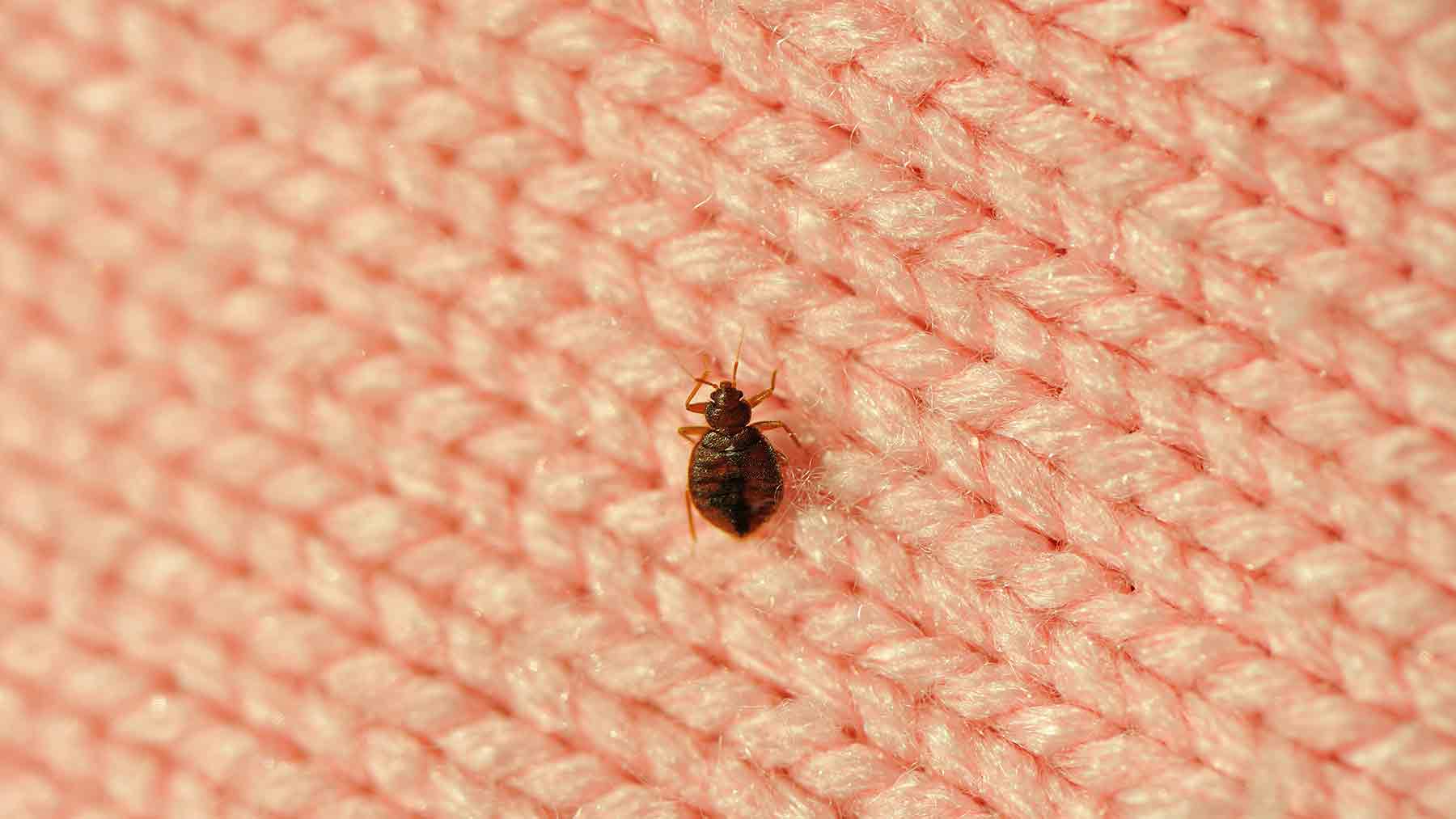How to avoid bed bugs while traveling

Beware of bringing home an unwanted souvenir from your holiday and summer travels. Bed bugs are making a comeback across the country. Although they’ve been around for ages, bed bugs have become more resistant to common insecticides and are becoming increasingly more difficult to eradicate. With global travel, it’s easy for bed bugs to hitch a ride on a suitcase, nestle in Uber car seats and invade hotels and vacation rentals. Hotels, movie theaters, clothing stores, second-hand furniture stores, dormitories and apartment buildings are all susceptible. No place is safe and no one is immune to bed bugs.
What are bed bugs?
Bed bugs, Cimex lectularius, are parasitic insects that feed off of the blood of warm-blooded animals, with humans being their favorite target. Generally nocturnal, these bugs live within the cracks and crevices of walls, in carpet seams and on mattresses, and usually come out to feed at night. They’re incredibly resilient, can withstand temperature extremes and live for months between blood meals while continuing to lay eggs that soon hatch, increasing the bed bug population.
Bed bugs are wingless and can’t fly, but they can crawl from their hiding place and on to a suspecting victim. As adults, they have flat, oval brown bodies and can vary in size depending on age and their last meal. Evidence of bed bugs include visible bed bugs or telltale signs of active infestation with molted skin as well as fecal material.
Bed bugs bite on exposed skin and generally attack when people are sleeping. People who are bitten by bed bugs will wake up with itchy, red bite marks, often in rows of two or three. Some people are much more sensitive to bed bug bites and develop significant itching and hive-like welts. The itching can be severe and last for several weeks.
Travel Tips
- Inspect your hotel room upon arrival: pull back the sheets and inspect the mattresses, particularly along the seams. Look for any loose baseboards and check any crevices.
- Avoid any upholstered furniture, such as sofas, couches and chairs in your hotel room and hotel lobby.
- Avoid leaving luggage on carpeted floors. The best place to store luggage, backpacks and purses is in the bathroom, specifically in the bathtub.
- Keep luggage zipped up at all times.
- Have clothing in sealable plastic bags.
- Avoid putting any clothing in dresser drawers.
Upon your return home:
Inspect your baggage, particularly along the seams. Store your luggage in sealed plastic bags outside of your home if feasible. Avoid bringing luggage inside, especially if it hasn’t been checked for bugs. You should also launder your clothes and dry on a high heat setting as soon as possible. It’s the heat of the dryer that kills the bed bugs. Whatever clothing can’t be washed should be dry cleaned.
How to treat bed bugs
The most effective way to get rid of bed bugs is to hire an exterminator with a specialty in bed bugs. Over-the-counter insecticides work only on contact with bed bugs, so they don’t eradicate bugs hiding in baseboards and in mattress seams.
- Wash and dry clothes on medium-high heat for a minimum of 30 minutes
- Steam upholstered furniture
- Vacuum carpets/rugs and then steam clean
- For bedding, use zippered mattress and pillow encasements that completely cover the surface and prevent bedbugs from hiding within.
- Heat is the most effective way to treat bed bugs. If needed, whole-house treatment can be used. This treatment method must run for up to eight hours and requires the temperature to be over 120 degrees.
Prevention from other exposures of bed bugs
Avoid second hand furniture, particularly anything with upholstery. Also, decrease clutter. Bed bugs need places to hide, and having excess items in small areas provides a nesting area for them. You can place bed bug interceptor traps under furniture legs or bed posts. These will help trap the bugs and prevent them from crawling up onto the bed.
For more information, check out the Bed Bug Field Guide from Susan Jones, PhD, Ohio State professor of Entomology, who shares her knowledge and expertise on everything bed bugs in this free app.
Susan Massick is a dermatologist at The Ohio State University Wexner Medical Center.




